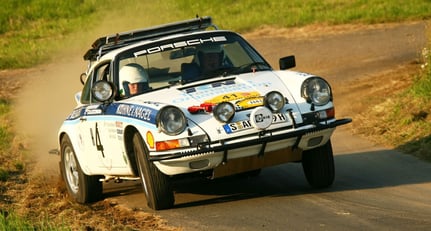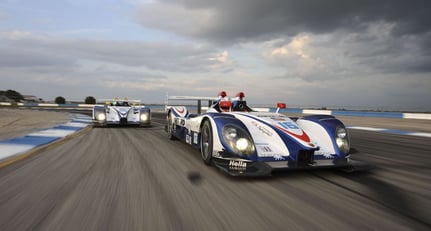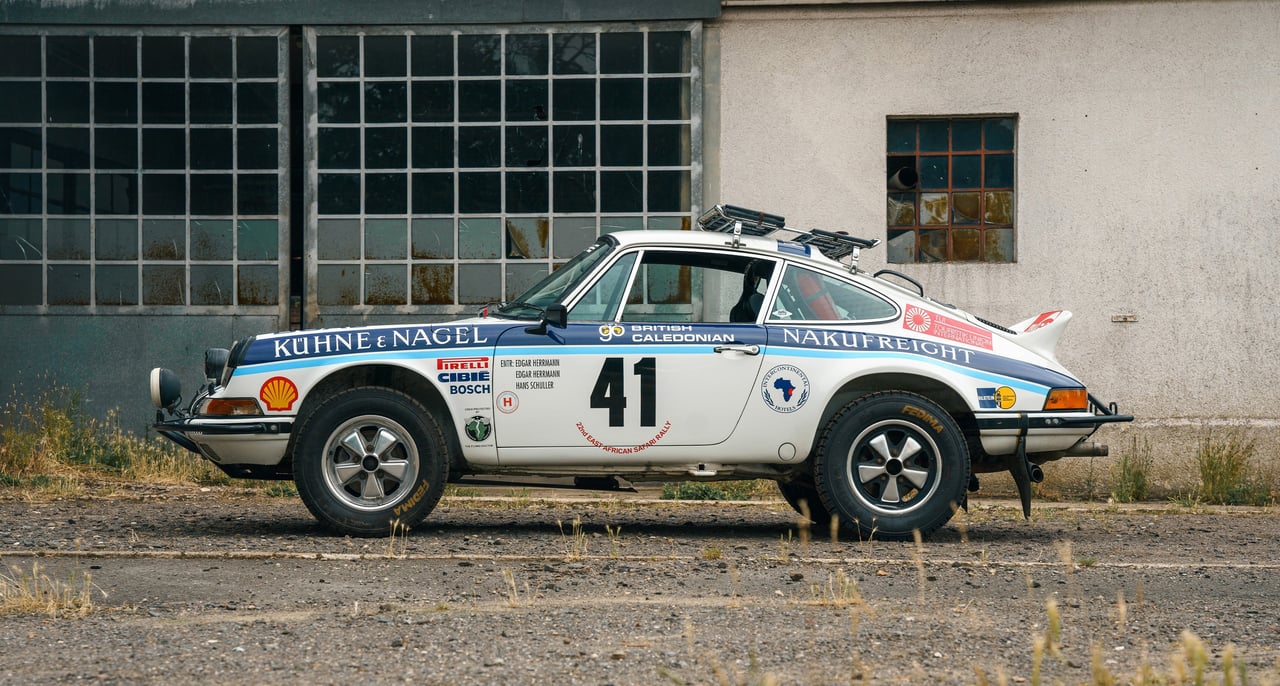
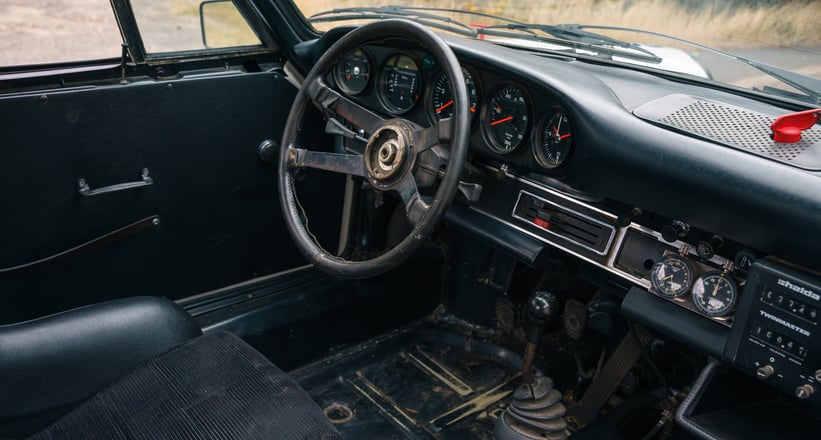
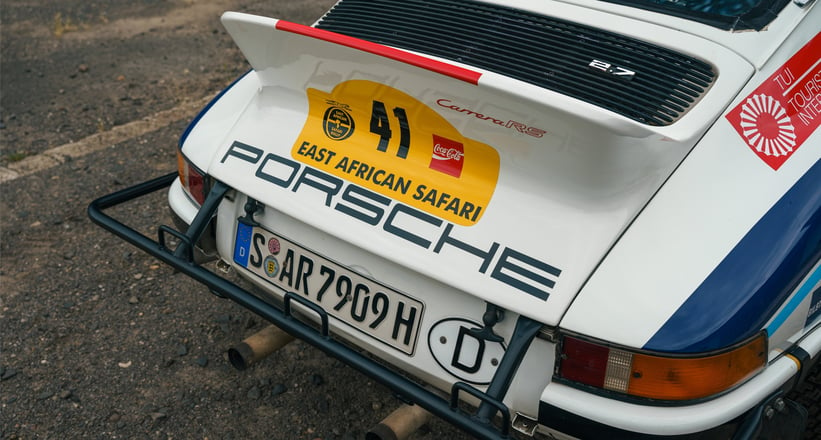
The Porsche 911 Dakar might be the latest all-terrain enthusiasts’ darling to come out of Stuttgart, but half a century earlier, Porsche were cutting their teeth in the African rally arena, eager to translate their tarmac-based prowess into success off the beaten track. However, their choice for the basis of these early competition cars might come as a surprise, because they weren’t just adding thicker tread to a common-or-garden 911, they were honing their very finest and fastest rear-engined weapons of choice.
The year was 1973, and Porsche were in the process of delivering their first ultra-desirable 911 Carrera RS 2.7s. Today, any Carrera RS 2.7 would send a porschaholic into a tizzy, but they weren’t all equal, and a mere 200 units were built to M471 “Sport” specification, commonly referred to as Lightweights.
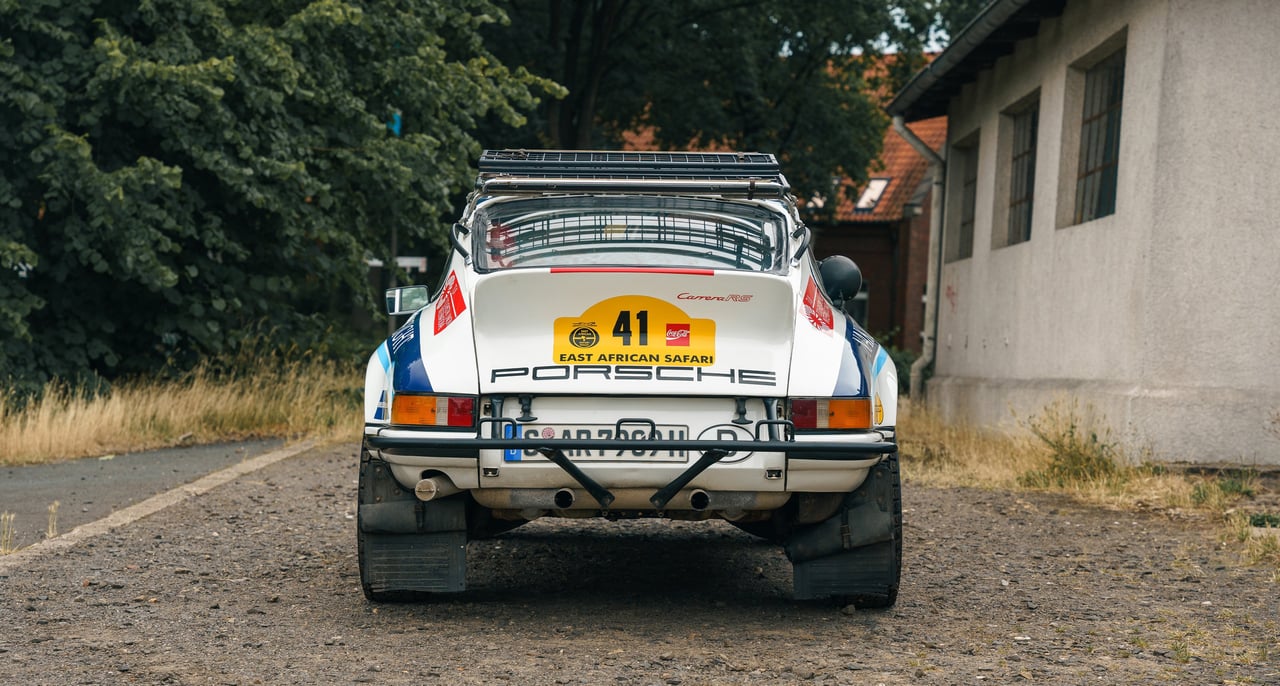
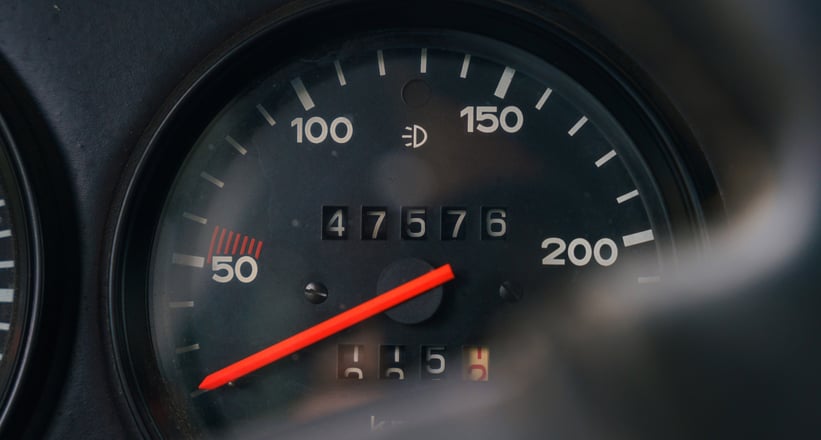
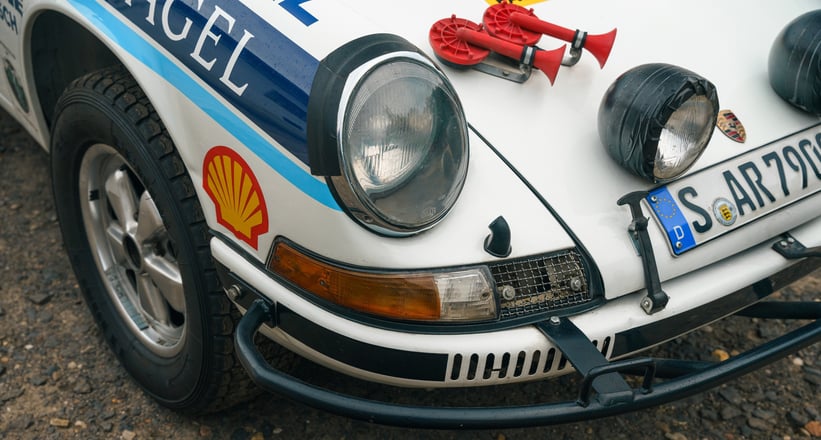
This car, Chassis No. 285, was one of those early Lightweights, and was completed in December 1972, wearing a Grand Prix White paint job with Red Carrera side stripes. However, this was just the beginning for No. 285, because Porsche’s racing department held it back along with its sister car, No. 288, for further modifications. Why, you ask? Porsche wanted to conquer the 1973 East African Safari, one of the few important events they had yet to win.
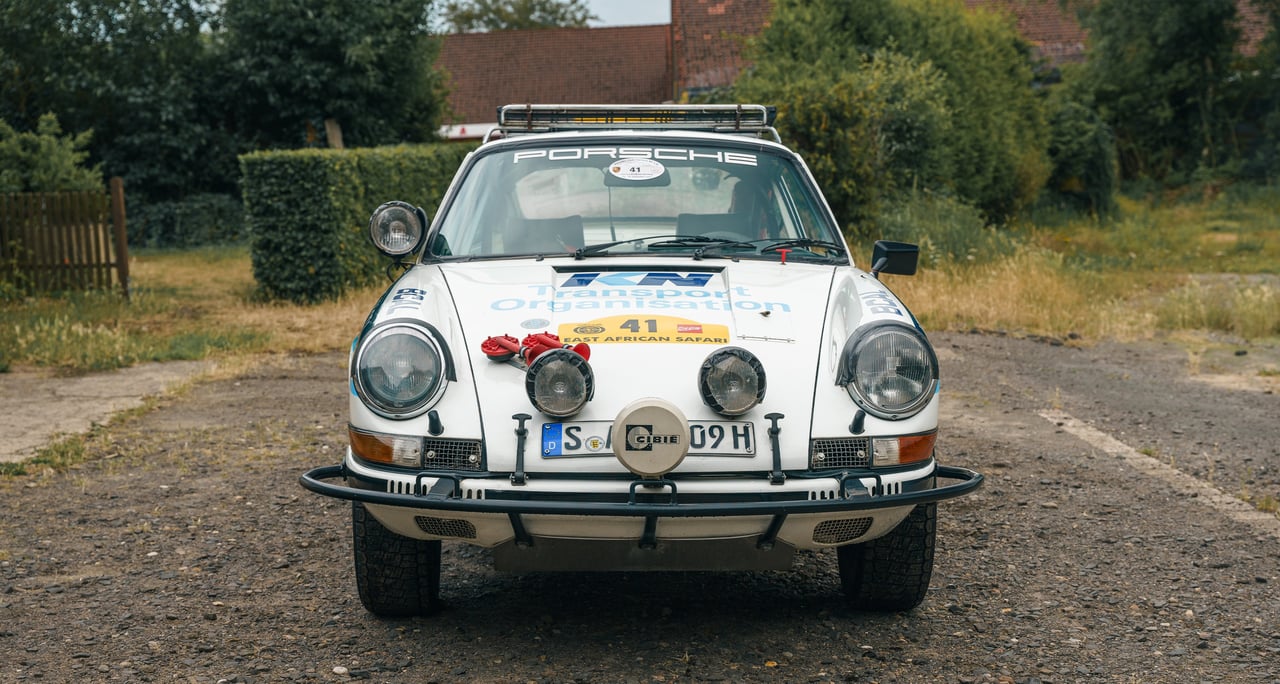

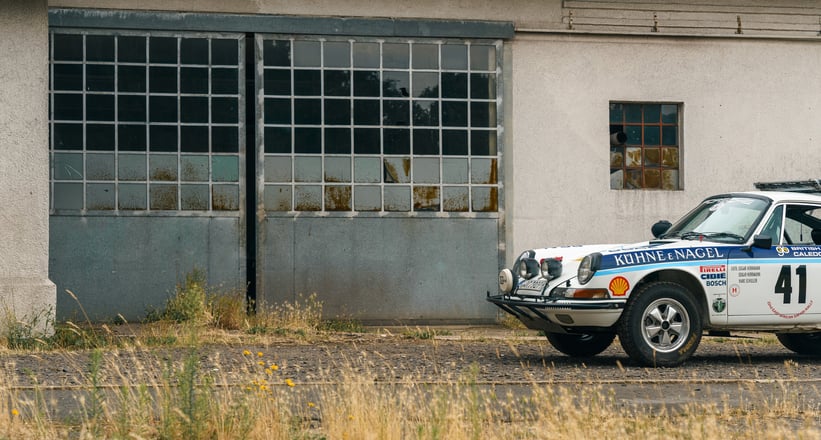
The modifications to No. 285 were substantial to say the least. Ride height was raised for a total ground clearance of 250 mm, while steel bumpers were installed with additional ram bars. Both cars received a reinforced chassis, heavier-duty shock absorbers, aluminium skid plates and larger, competition-spec 110-litre fuel tanks. Exterior ‘spectator handles’ above the C-pillars were also installed to allow helpful onlookers to haul this 911 back on track in case of any mishaps. The finishing touches? A brace of forward hood lights, hood-mounted horns and a fetching yellow Bosch livery. Loaded with rally equipment such as ropes, shovels, winches and spare parts — basically anything you might need in the wilds of Africa — No. 285 was shipped to Nairobi with a small crew of mechanics.
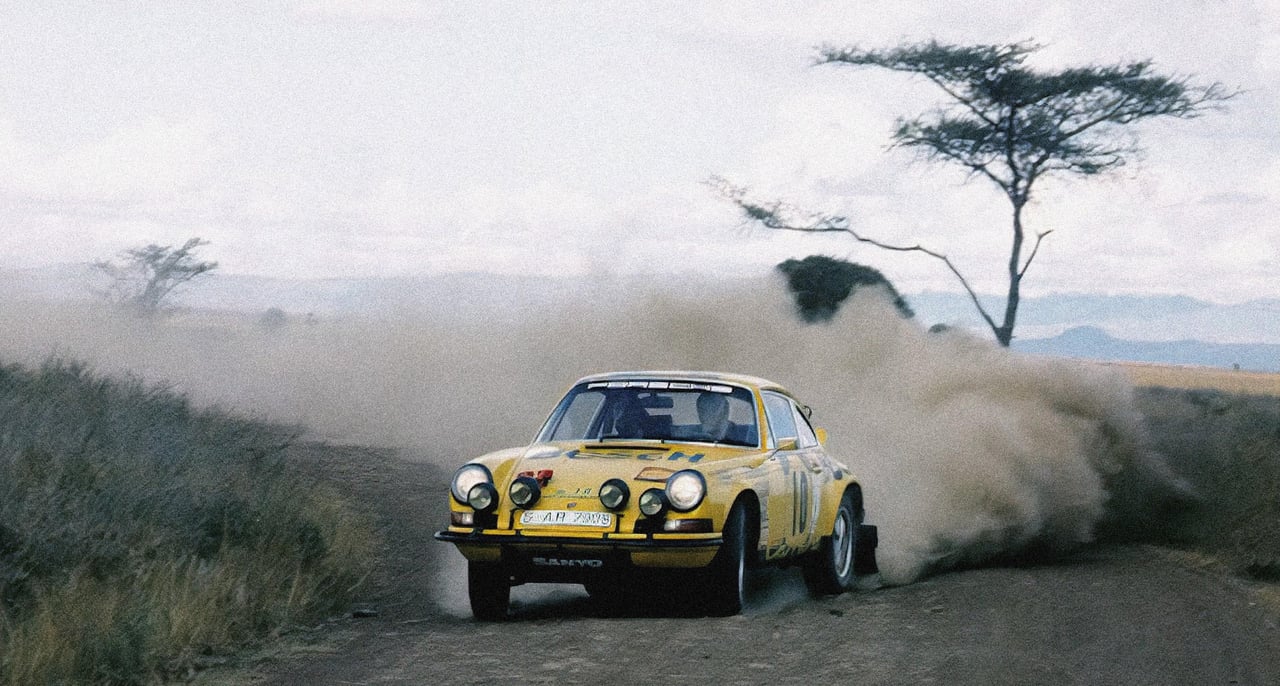
Despite their best efforts, Porsche found itself woefully underprepared for the perilously muddy African roads. Björn Waldegård and Hans Thorszelius suffered through 5,300km of stop-start rallying, and just three hours from the finish, disaster struck when No. 285 suffered engine issues from a loosened oil pipe on a particularly fast section, resulting in a DNF. We can only imagine the frustration the Porsche Safari team must have experienced, but to their credit, they returned to Stuttgart and began planning their assault on the East African Safari for 1974.
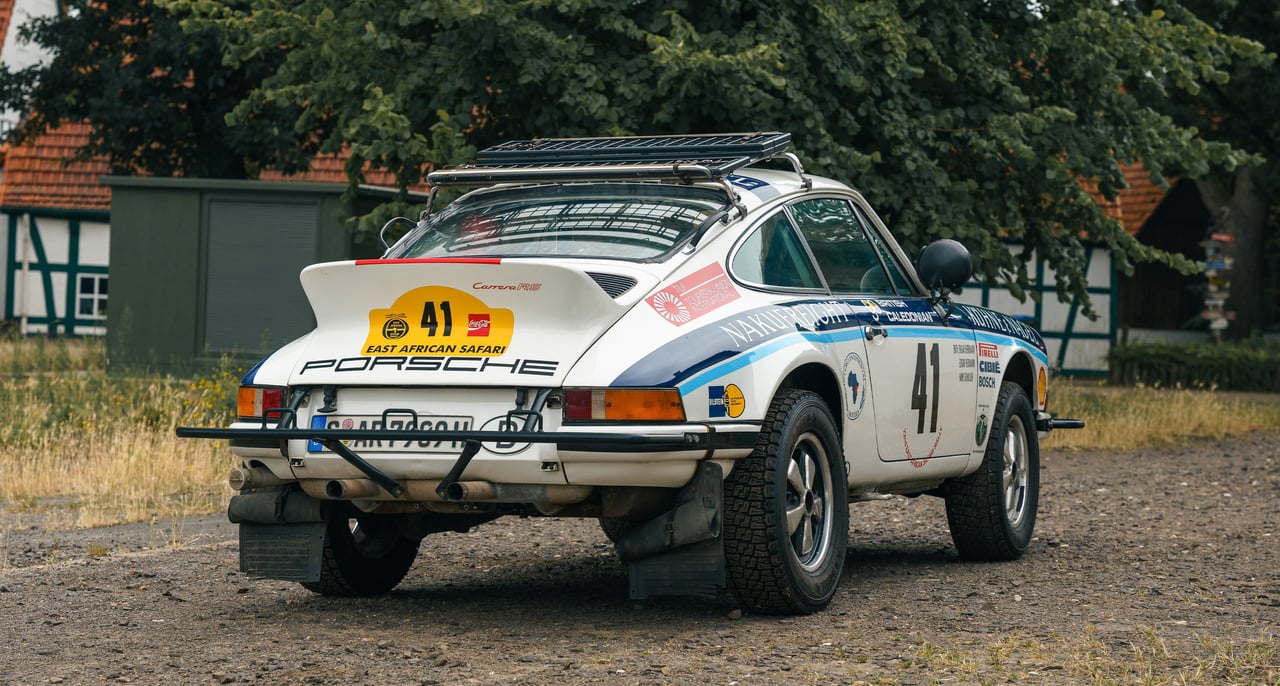
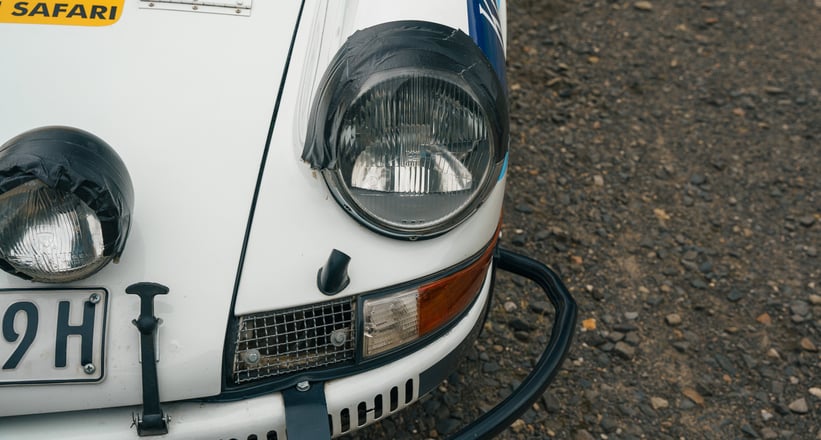
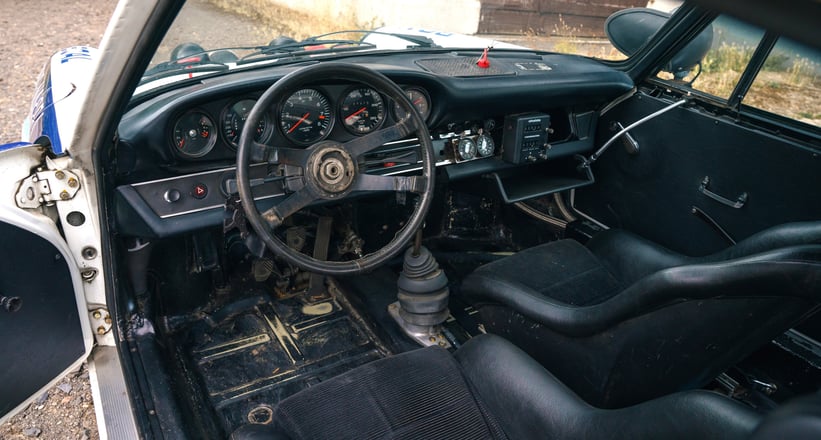
Fortunately, the 1,000 Lakes Rally offered a valuable chance to work out the snags before returning to Africa. Deemed to be in better condition than its sister car, No. 285 was fitted with a new and improved suspension setup capable of handling the larger jumps and gravelly forest stages characteristic of Finland. Porsche enlisted the help of local Finnish ace and former factory driver Leo Kinnunen, who went on to win a remarkable 20 out of 43 special stagers over three days. This bagged Porsche a respectable 3rd place overall finish and high hopes for their return to Africa.
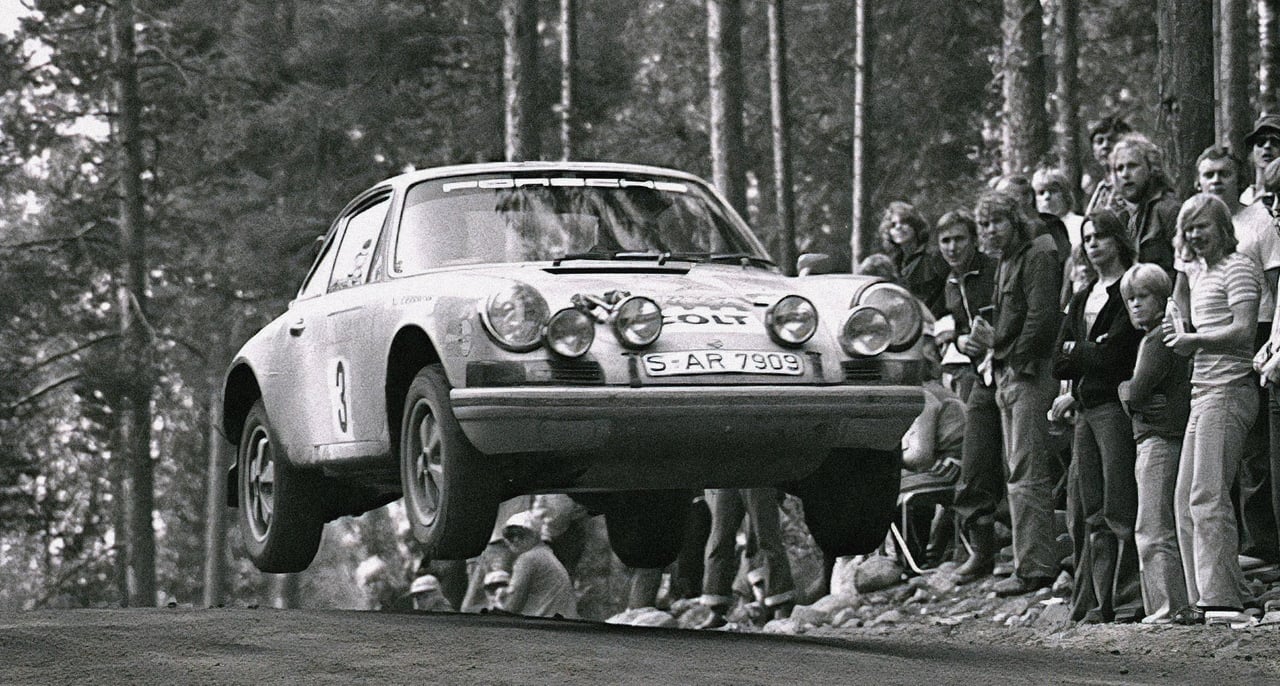
After 1973’s showing, Porsche weren’t about to underestimate the East African Rally, and so for 1974 they invested additional resources for both of their factory entrants. Confident that the shocks and transmission — their achilles heel the year before — had been rectified, Porsche secured a new sponsor: German logistics company Kühne & Nigel. Resplendent in the dashing white and blue colours of their new benefactor, No. 285 rolled up to the starting line with two-time Safari winner Edgar Herrmann and co-driver Hans Schuller at the wheel.
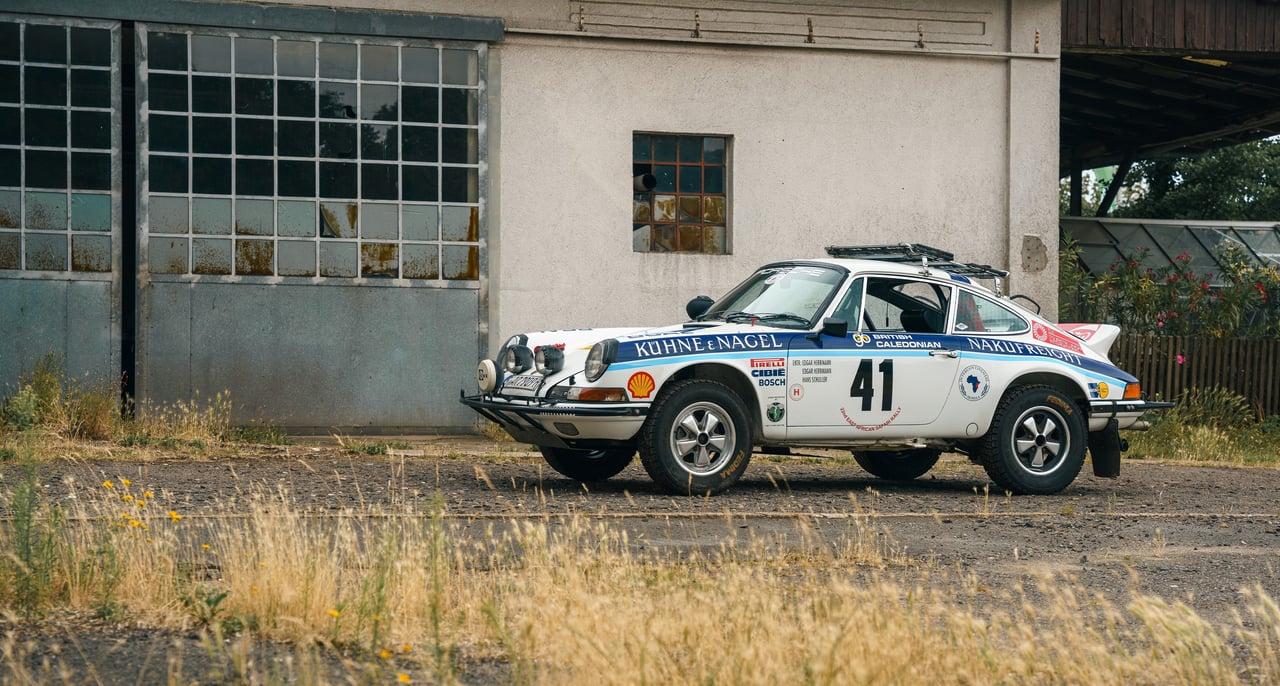
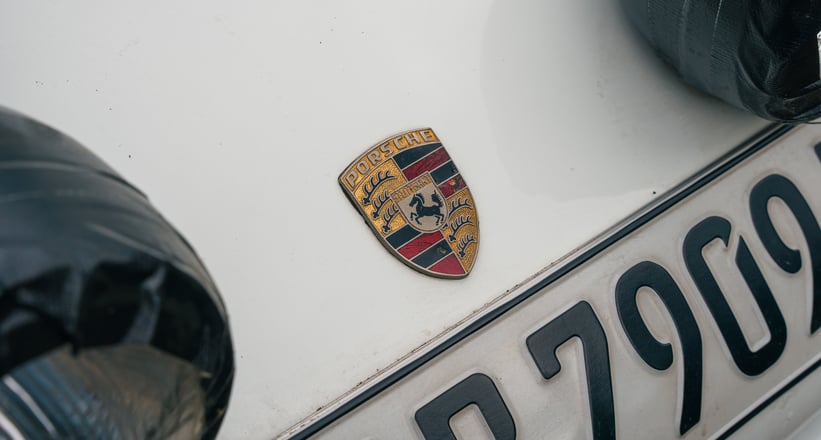

Unfortunately, history was repeating itself, and the rain returned with a vengeance. The rally organisers were even forced to cancel a particularly muddy stage where 72 of the 99 teams found themselves caught in the quagmire. In one such scenario, Herrmann and Schuller decided to assist a stranded Fiat team blocking the road, and their good deed was rewarded when they returned to find their car raided of maps, stage notes, and licenses. Nevertheless, Herrmann and Schuller were reasonably familiar with the course, and so they forged onward until a front spindle failure took them out of the running. While no doubt devastating to the pair, some consolation came when their sister car finished in second place, securing Porsche’s best yet result in one of the most difficult rallies on earth, and proving the all-terrain prowess of these remarkable 911s.
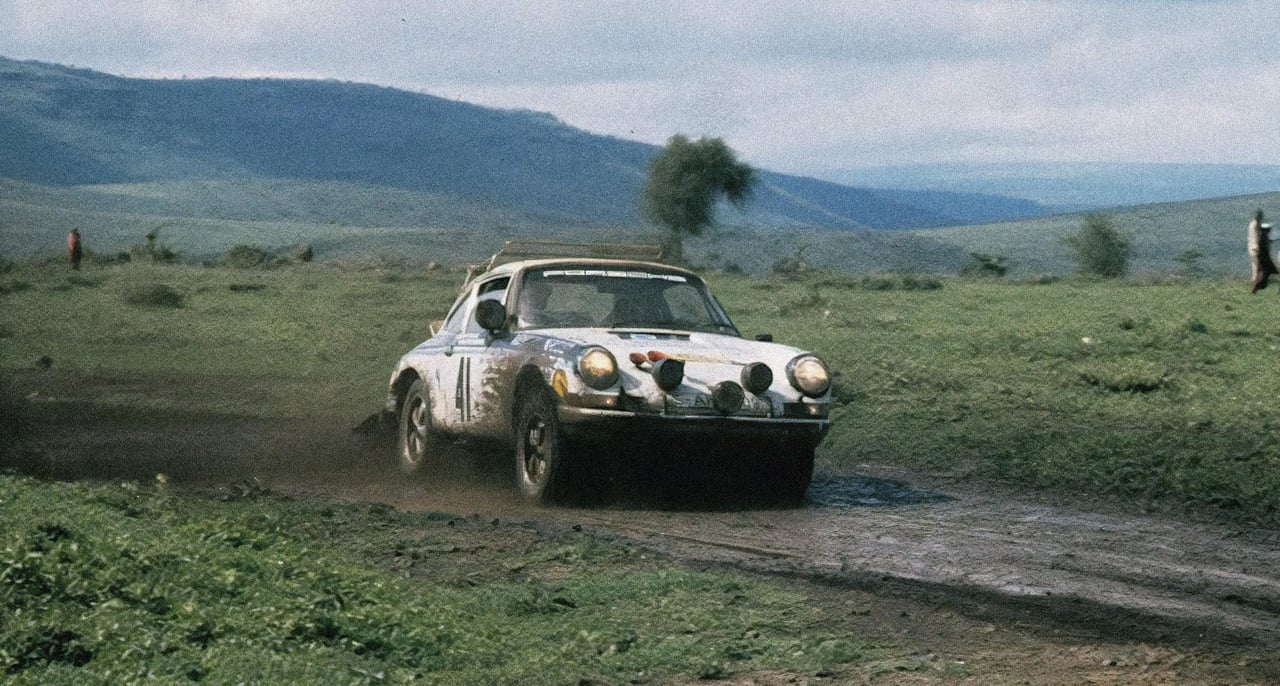
Surprisingly, while Porsche returned to Stuttgart with their 2nd place finisher, No. 285 was sold to a local enthusiast. It was registered in Kenya in 1975 and was spotted wearing a Kenyan-issued license plate, KPU 539, which it retains to this day. In 1992, it was acquired by former rally champion co-driver and FIA World Motor Sport Council representative, Surinder Thatthi, who partially restored No. 285 with a fresh coat of white paint. Unaware of the car’s origins, Thatthi began researching the chassis number.
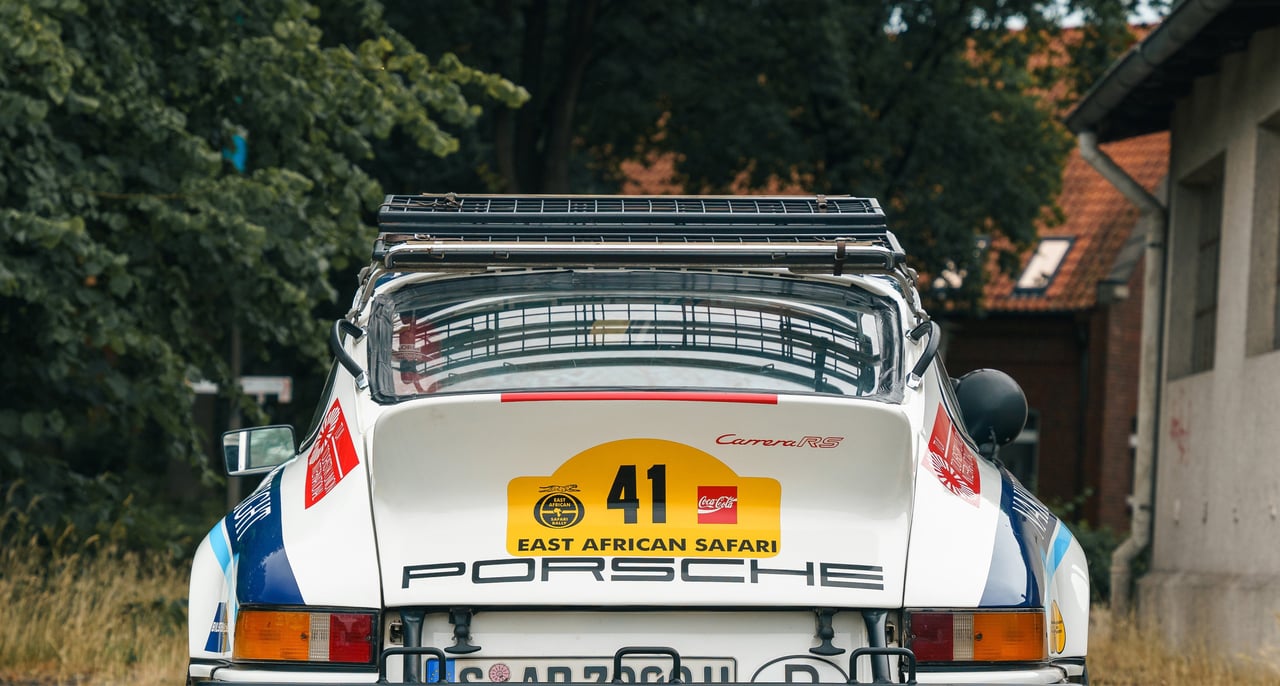
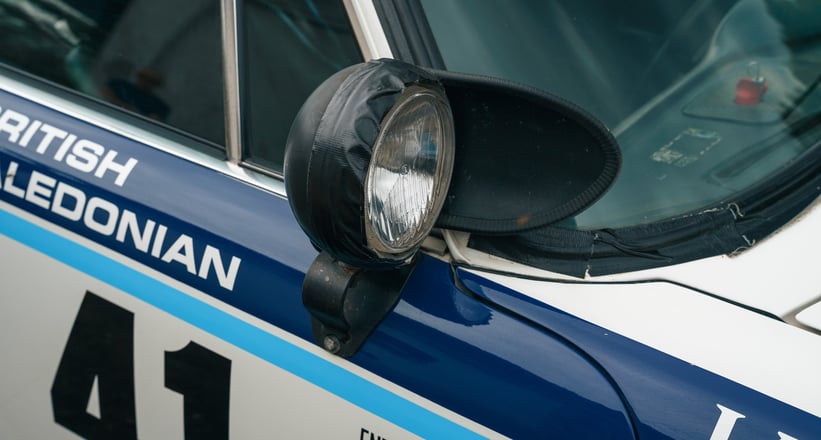
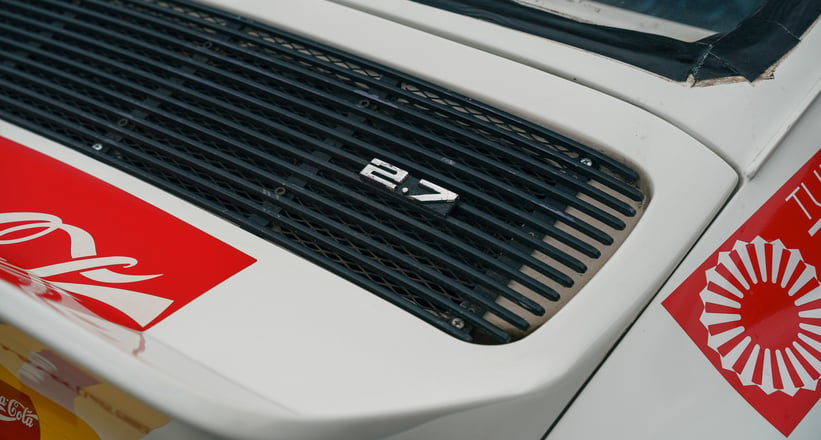
In the early 2000s, the German Carrera RS Club was contacted by a local German shop who had heard that the car was in Kenya. Gabrielle Mahler-Kurzenberger and Uwe Kurzenberger — the club’s President and Secretary at the time — immediately boarded a plane to retrieve the lost RS 2.7. Upon arrival, they found No. 285 in a sorry state: its engine was seized and the body had deteriorated. Undeterred, they entrusted the factory rally restoration project to Eckhard Spreng just outside of Ludwigsburg, Germany, who would spend a full three years carefully restoring No. 285 to its former glory. Crucially, they found the car still retained all the factory modifications, which were reconditioned while a new 2.7-litre engine was fitted along with a full transmission rebuild. The final step was to dress No. 285 in the Kühne & Nigel livery it wore in the 1974 East African Safari, and re-register it on its factory-issued German license plates.

Unlike many Carrera RS restorations, which typically reside in hermetically-sealed chambers, No. 285 was immediately returned to the rally stages it was built for after the restoration. Since the mid-2000s, it has participated in vintage rallies across Germany, even attending the Kurzenberger’s wedding. Although it has spent the last six years in storage, the Kurzenberger’s have conducted an oil change service and given the car a fresh German TÜV inspection. No. 285 is such an incredibly special car, not only because of its rarity as a genuine factory-rallied Carrera RS 2.7 Lightweight, but also because of its unbelievable journey in and out of Africa. If, like us, this extremely rare and storied Carrera RS has won your heart, then make sure to keep a close eye on it as it crosses the block at Broad Arrow’s Monterey Jet Center Auction on August 17th and 18th.
